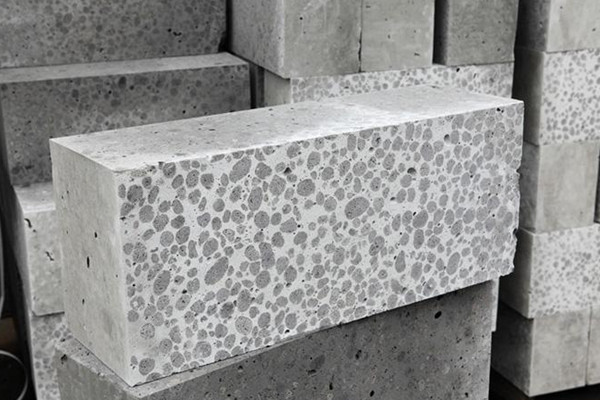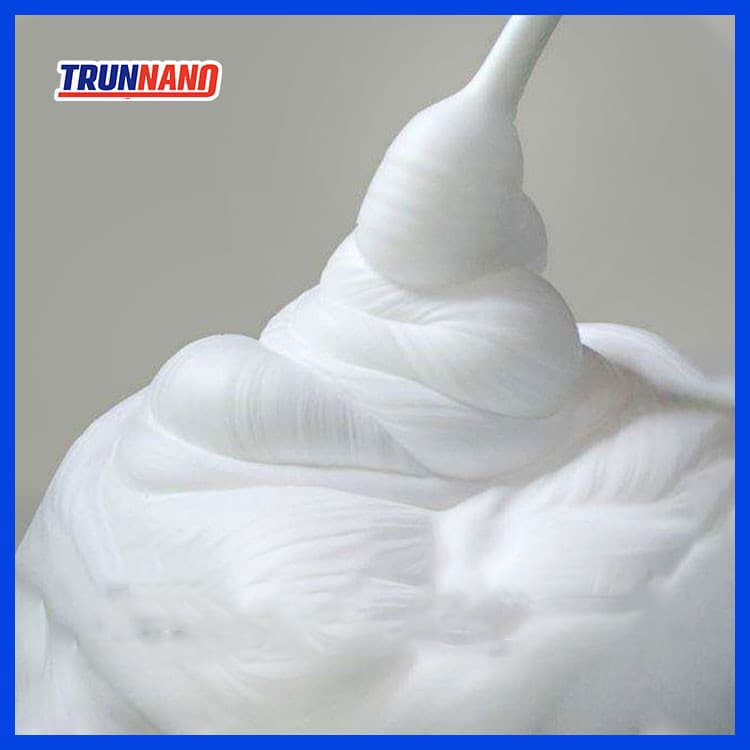Professional solutions on concrete addtives, Concrete Foaming Agent, Superplasticizer, CLC Blocks Additives, and foaming machine
(This paper aims to report that high early-strength concrete can be produced)
What is concrete early strength?
When we ask what affects the strength of concrete, the answer is—just about everything. Among the factors are type, quality and amount of cement. Quality, cleanness and grading of the aggregate. Quality and amount of water. Presence or lack of admixtures. Methods were followed in handling and placing the concrete. Age of the concrete when placed in the forms. Temperature. Curing conditions. Age of the concrete when tested. Foreign materials may find their way into the concrete, affecting its strength. Finally, the indicated strength of the test specimens may or may not represent the strength of the concrete in the structure. Some of the variables and their effects. In using a table of this type, the first step is to eliminate the items that do not apply and then consider those that might be significant. In many cases, it will be found that more than one factor was acting at the time. There may be one or more factors of high significance or several of minor significance that, when acting together, become highly significant. In the following discussion, we will assume that test specimens truly represent the concrete from which they had been sampled. One problem with strength tests is the time lapse between making the concrete and testing specimens. When strength results become available, there is still time to do something about the concrete already placed. Still, the information at least warns us to avoid troublesome materials or practices in future work.
Appreciable variations in the strength of concrete
Appreciable variations in concrete strength result from using different brands intermittently or can even be caused by variations between shipments of cement from the same mill. Variations in raw materials, processing, age, fineness and temperature contribute to these variations. Undetected differences in cement types will affect strength, especially at early ages. If a batching plant has facilities for more than one type of cement, the wrong cement is always dangerous. There have been cases of accidental substitution of Type I for Type III. Also, accidental use of pozzolan instead of cement has occurred. Adequate inspection will minimize these incidents. In-place concrete tests can be made with instruments that measure the velocity of a small mechanical pulse through the concrete. Known as the pulse velocity method, the apparatus consists of two vibration pickups (phonograph pickups), a hammer device to apply a blow to the concrete and an electronic circuit to measure the velocity of the sound generated by the hammer blow as the sound travels through the concrete from one pickup to the next. Considerable experience and expertise are required to interpret results correctly. The second instrument is based on the principle that the penetration of a probe gauge into the concrete is inversely proportional to the compressive strength of the concrete. A Windsor probe (ASTM C803) uses a power-actuated device to drive the probe into the concrete. Accuracy is about the same as that of the Swiss hammer, but small indentations are left on the surface of the concrete, which might be unsightly in some exposed concrete.
Determining the strength of concrete in place
Two simple instruments are available for determining the strength of concrete in place. One of these, a Swiss hammer (ASTM C805), operates on the principle that the rebound of a springloaded steel plunger striking the concrete's surface is proportional to that concrete's strength. It is a quick, nondestructive test that can determine the approximate compressive strength of concrete in place. Still, it cannot replace properly conducted cylinder or core tests. Samples sawed or cored from hardened concrete are generally not required; their use is confined to those cases in which some question or dispute has developed regarding the quality of the concrete as revealed by tests of molded specimens. The number, location, size and type of specimens are determined when sampling becomes necessary. Coring and sawing specimens from hardened concrete are expensive expedients and should be adopted only as a last resort. Both procedures leave scars on the surface of the concrete that are difficult to eradicate, a condition that must be considered if the concrete is exposed to view. The possibility of structural damage, especially damage to reinforcement, cannot be ignored. If an approximation of the strength will suffice, one of the following described instruments can be used.
This paper aims to report that high early-strength concrete can be produced.
This paper aims to report that high early strength concrete can be produced with high replacement of cement by fly ash for precast/prestressed concrete operations. Effects of fly ash content on water demand and workability are also reported. Test data from mixture proportioning reported in earlier publications 1 · 5 established that this source of fly ash can be used for structural-grade concrete in quantities of up to 60 percent cement replacement. Demonstration projects are also reported in these publications, which show that pavement construction and other projects have successfully used structural-grade concrete with up to 70 percent cement replacement. Tests were carried out on a nominal 5000 psi (34 MPa) 28-day compressive strength concrete, where fly ash was substituted for cement at up to 30 percent replacement on a 1.25 to 1.00 fly ash replacement for cement basis. A literature search was also conducted to study further the water demand, workability and strength characteristics of fly ash concrete. Rather than compiling an exhaustive annotated bibliography of the available literature, some critical publications were reviewed and are listed in the references.
Concrete early strength supplier
If you are looking for high-quality concrete early strength, please feel free to contact us and send an inquiry. (sales@cabr-concrete.com). We accept payment via Credit Card, T/T, West Union, and Paypal. TRUNNANO will ship the goods to customers overseas through FedEx, DHL, by air, or by sea.
(This paper aims to report that high early-strength concrete can be produced)








